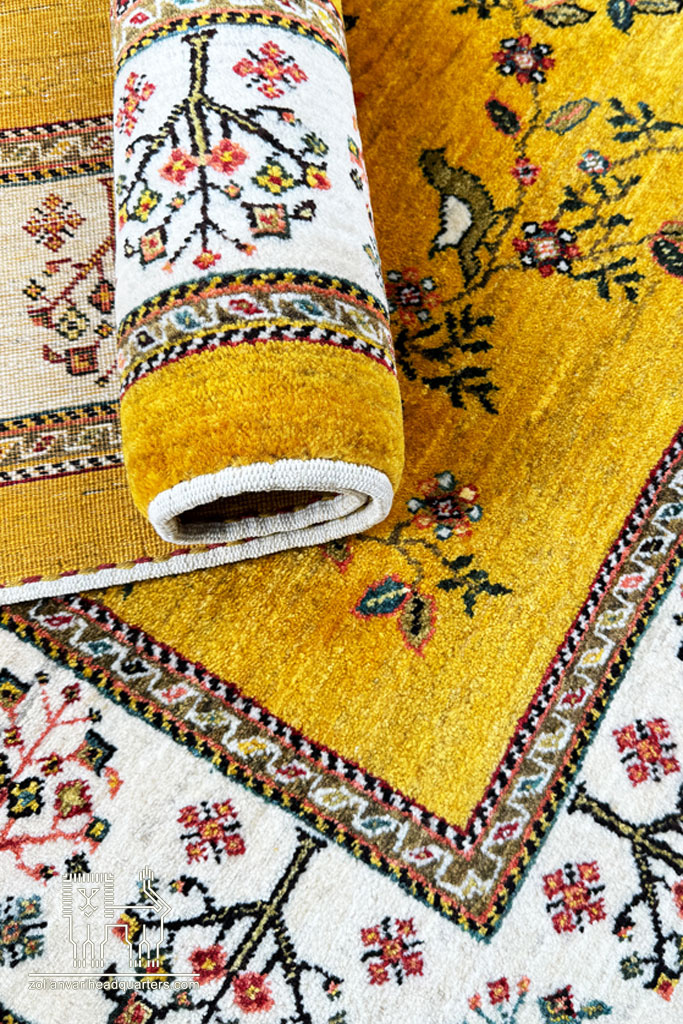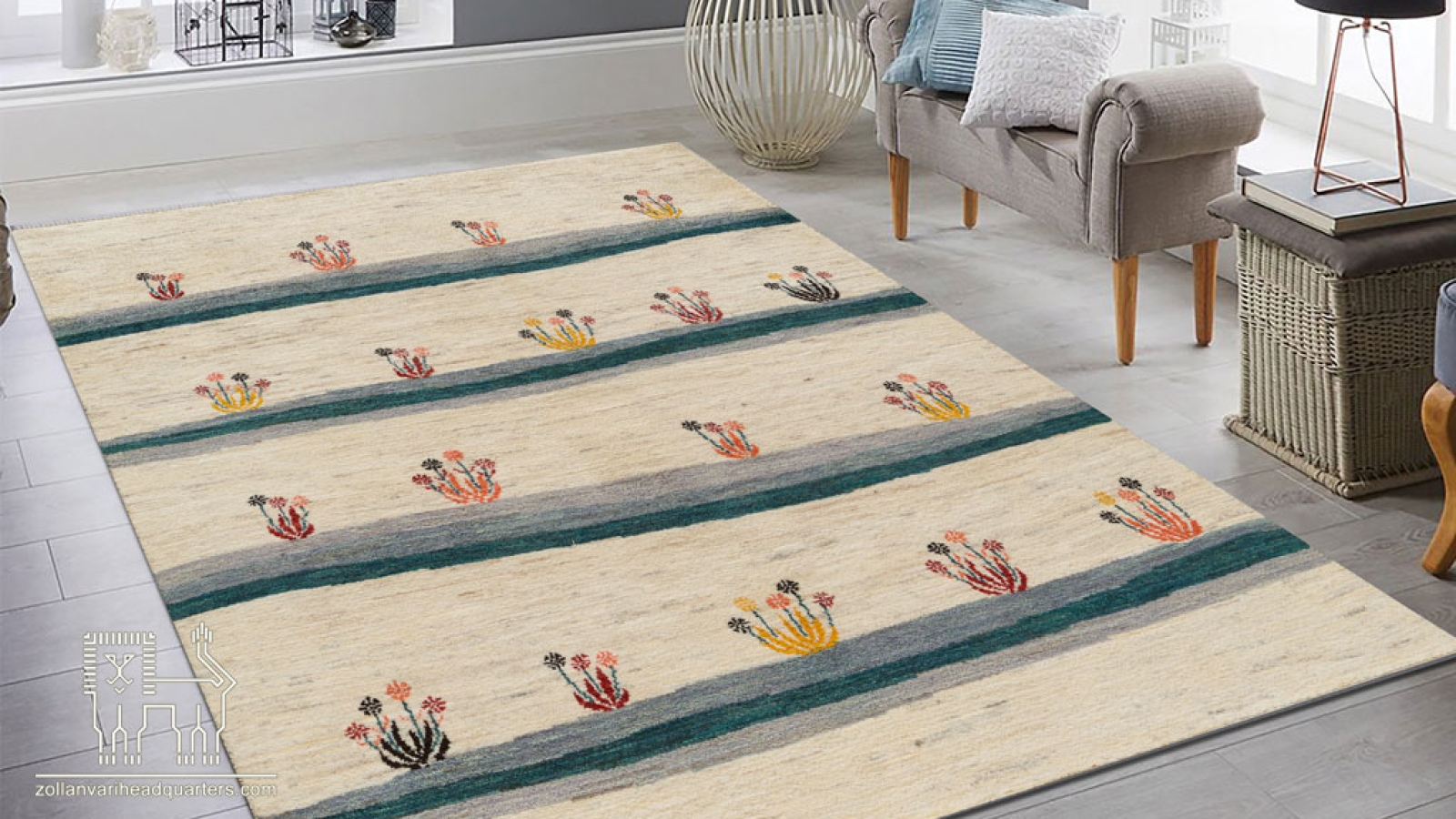Everything You Need to Know About Buying Handmade Persian Carpets in Kuala Lumpur
Imagine this: in the heart of one of Southeast Asia’s most modern capitals—amidst soaring skyscrapers, luxury malls, and bustling street markets—tiny, meaningful knots of woolen thread come together to tell a story from thousands of kilometers away, from the mountains and plains of Iran. This is the magic that handmade Persian carpets bring to Malaysia: an art form that not only covers the floor but also brightens the soul of a home.
With its unmatched cultural diversity and appreciation for traditional arts, Kuala Lumpur has become an ideal setting for welcoming handmade Persian rugs. But this is more than just commerce—it’s a cultural exchange. From patterns and colors to philosophy and meaning, buying a Persian carpet in Kuala Lumpur means bringing a piece of Iran’s rich history and beauty into Malaysian homes.
Handmade Persian Rugs: A Reflection of Soul, Art, and History
A handmade Persian rug is not merely a floor covering. What sets it apart from other decorative options is the soul woven into every knot. These rugs are the product of centuries of craftsmanship, inspired by nature, culture, and ancient myths.
They are made from natural wool, pure silk, and plant-based dyes—not only making them beautiful and durable, but also environmentally friendly. Patterns like paisley (boteh), medallion (toranj), hunting scenes, or even minimal tribal motifs each tell a story. These stories resonate with Kuala Lumpur residents who value both art and meaning.
In a world dominated by mass production, where identity is often lost, Persian rugs are still crafted with character and purpose. Buying a handmade Persian rug in Kuala Lumpur means bringing a piece of civilization into your living space.
The Persian Carpet Market in Kuala Lumpur: A Blend of Tradition and Innovation
Kuala Lumpur is a city where tradition and modernity beautifully coexist. On one hand, the younger generation seeks modern, minimalist design, while on the other, Malaysia’s deep respect for handmade art and authenticity remains strong.
In this context, Persian rugs serve as a perfect bridge between two worlds. Many Malaysian interior designers use Persian carpets as focal points in homes and art spaces. Carpet exhibitions, interior design galleries, and even specialized online shops in Kuala Lumpur now feature Persian rugs.
Of course, challenges remain—such as competing with cheaper machine-made alternatives, a lack of awareness about the differences between handmade and machine-made rugs, and the need for cultural marketing. But the advantage of Persian rugs lies in their uniqueness—every knot has something to say, something mass-produced items simply lack.

Zollanvari: Bridging the Past and Future of Persian Rugs in the Global Market
Among Iran’s major carpet producers, Zollanvari—with over three generations of experience—stands as a symbol of trust, quality, and authenticity. This family-run company, deeply rooted in the art of carpet-making, remains faithful to tradition while adopting a forward-looking approach to international markets, including Southeast Asia.
Zollanvari’s carpets, made from premium wool, natural dyes, and designs that blend the traditional with the modern, have attracted art-loving and niche markets such as Kuala Lumpur. Zollanvari is more than a seller—it is a storyteller, weaving narratives from Iranian villages into Malaysian art galleries.
Conclusion
Today, handmade Persian carpets are more than export products—they are cultural ambassadors of an ancient nation. In Kuala Lumpur, where cultures beautifully intertwine, these rugs offer a chance for deeper connection, greater understanding, and enhanced beauty.
Although introducing Persian rugs to global markets comes with challenges, brands like Zollanvari—blending quality, authenticity, and storytelling—are proving that this journey is not only possible but filled with promise and a bright future.

